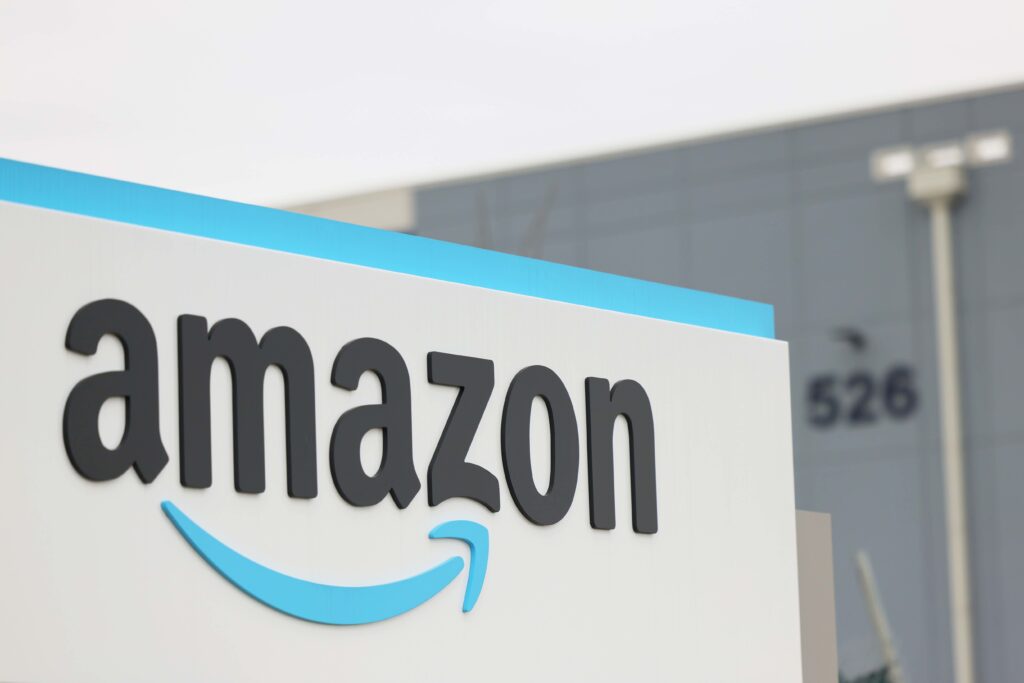In a startling development, the Federal Trade Commission (FTC) and 17 states have taken legal action against Amazon, alleging antitrust violations. The lawsuit, filed this fall, contains a heavily redacted section referring to “Project Nessie,” an undisclosed algorithmic pricing tool. While the initial complaint offered little information about this mysterious project, a newly unsealed version of the lawsuit has shed light on the tool’s alleged purpose – to increase prices on products and compel Amazon’s competitors to follow suit, resulting in more than $1 billion in profits for Amazon from US households.
Moreover, this revelation has exposed the involvement of Amazon’s founder, Jeff Bezos, in directing a significant shift in the company’s e-commerce strategy. This shift involved embracing advertisements, even when they were irrelevant to user searches, and it is claimed to have boosted Amazon’s revenues at the expense of its customers.
Public Revelations Unveiled
The newly unsealed portions of the complaint, filed in a Seattle federal court, have brought to light a multitude of previously undisclosed allegations. These revelations provide valuable insights into Amazon’s expansive business operations and its interactions with third-party sellers on its platform.
For instance, the document reveals that Amazon hosts over a billion unique products on its website, with third-party sellers contributing to 80% of the total catalog in 2020. Additionally, it highlights that more than 70% of Amazon shoppers do not venture beyond the first page of search results, underscoring the influence of Amazon’s user interface.
The complaint also notes that nearly 98% of all Amazon purchases are made using the “Buy Box,” the prominent section of Amazon listings containing the “add to cart” and “buy now” buttons. This statistic underscores the significant impact Amazon’s interface has on a seller’s chances of running a successful business.
Furthermore, the complaint alleges that Amazon executives resorted to using the disappearing messages function of the encrypted messaging app Signal to hide their internal communications from regulators for at least two years.
These revelations come after federal and state governments accused Amazon in September of operating an illegal monopoly, signaling a pivotal moment in the Biden administration’s commitment to stricter competition enforcement.
Amazon’s Response
Amazon, in response to these allegations, has emphasized its dedication to earning customer trust and providing a positive shopping experience. Tim Doyle, an Amazon spokesman, stated, “Amazon works hard to make it fast and easy for customers to find the items they want and discover similar options.”
He cited Kantar, an independent data and insights firm, which found Amazon’s advertising to be “the most useful and relevant to customers around the world.” However, this assertion contradicts the FTC and state plaintiffs’ claim that Amazon’s inundation of its online marketplace with irrelevant advertising indirectly raises consumer prices.
The complaint attributes this decision to the company’s CEO at the time, Jeff Bezos. In 2014, Bezos allegedly instructed his team to prioritize advertising, leading to an expansion of the ad business, even when it involved displaying more irrelevant ads. Amazon’s internal research reportedly indicated that this strategy still increased the company’s overall profits.
This shift in priorities within Amazon was said to prioritize ad revenue without imposing any restrictions on irrelevant ads, which created tensions within the company between its search and advertising divisions.
In addition to these allegations, Amazon is accused of promoting its proprietary products, such as the Amazon Kindle tablet, as being recommended by expert reviewers when they had not received such endorsements.
The Role of Pricing Algorithms: Project Nessie
One of the most shocking revelations in the unsealed complaint pertains to Amazon’s use of pricing algorithms. In the early 2010s, Amazon discovered that certain products it offered consistently led other retailers to match their prices. Amazon capitalized on this by creating “Project Nessie,” an algorithmic tool designed to identify items that other retailers would likely price-match. Amazon would then intentionally raise prices on these items, expecting competitors to follow suit.
Project Nessie was allegedly employed by Amazon starting in 2014 and was used intermittently to avoid detection. According to the complaint, in 2018 alone, Project Nessie increased Amazon’s yearly profits by $334 million, including substantial additional profits from higher-priced books and various product categories.
Amazon has previously claimed that its platform benefits consumers through lower prices and faster delivery times. However, if the antitrust suit succeeds, it could potentially lead to Amazon raising prices on products like Amazon Prime or offering slower shipping services.
The unsealed portions of the lawsuit against Amazon have unveiled a series of troubling allegations regarding the company’s practices, including its use of algorithms to inflate prices, its promotion of proprietary products, and its prioritization of advertising revenue over customer experience. These revelations may have far-reaching implications for Amazon and the ongoing debate surrounding antitrust regulations in the tech industry.
While Amazon has defended its practices, these allegations raise important questions about the company’s impact on consumer prices and competition within the online marketplace.









Leave a Reply